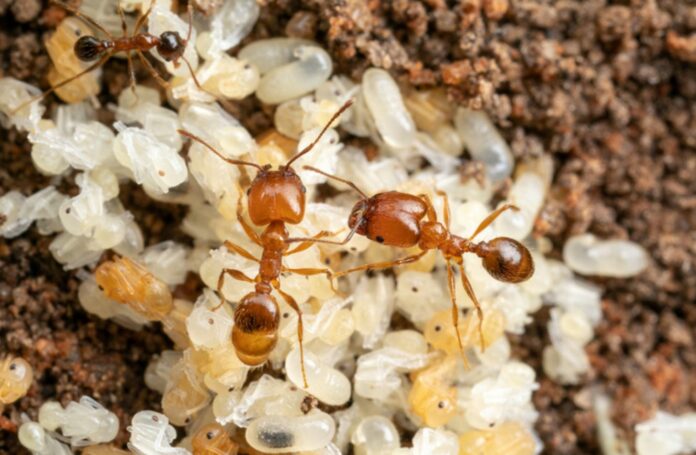Researchers have discovered that native ants are in decline while nonnative ants are increasing, even in protected natural areas of Florida, according to a new study analyzing decades of data from museum collections and surveys.
The research team tracked the abundance of leaf-litter ants from 1965 to 2019 and found that nonnative ants represented 30% of the 177 ground-dwelling species detected in surveys across the state. Notably, their dominance grew in southern Florida, with nonnatives increasing from 43% to 73% over the decades studied.
The study suggests that non-native ants are arriving in Florida with goods transported from around the world.
The researchers, led by Professor Andrew Suarez from the University of Illinois Urbana-Champaign, along with Douglas Booher from the US Department of Agriculture Forest Service and Corrie Moreau from Cornell University, warn of a future where native ants may disappear altogether.
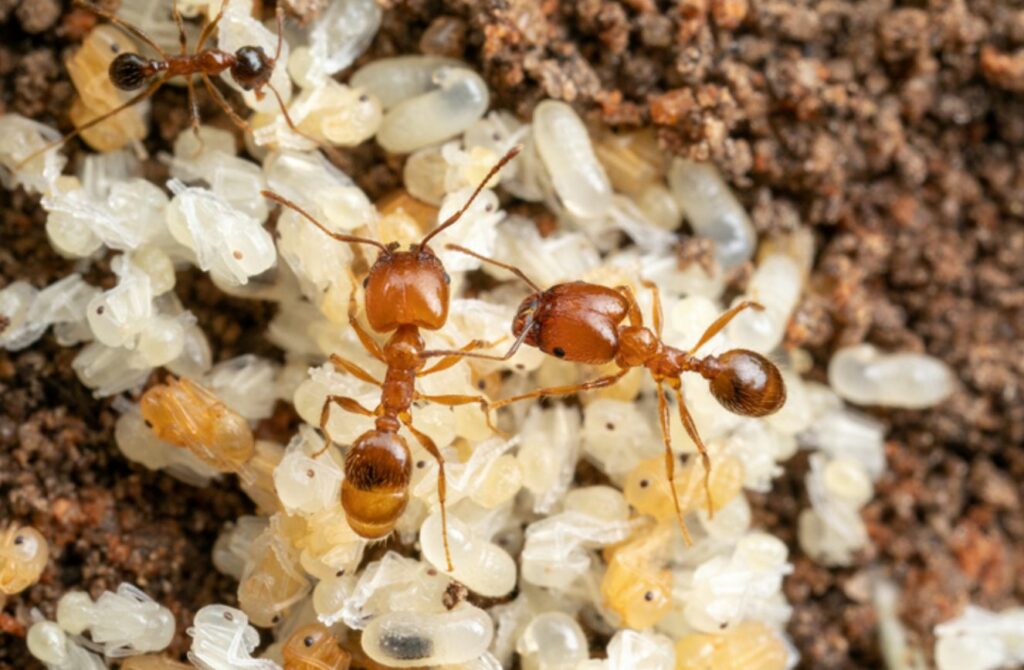
According to their study published in Current Biology, leaf-litter ants, which are tiny in size, face difficulties moving through soil and leaves, and they are sensitive to habitat loss and changes in temperature and humidity. These ants are specialist predators, such as the trap-jaw ants of the Strumigenys genus, which target small arthropods like springtails.
According to Suarez, these ants depend on the accumulation of litter under trees and other plants.
“These communities are sensitive to habitat loss, especially the loss of canopy trees,” he points out. “They also are very susceptible to heat and water stress, as they require humid environments.”
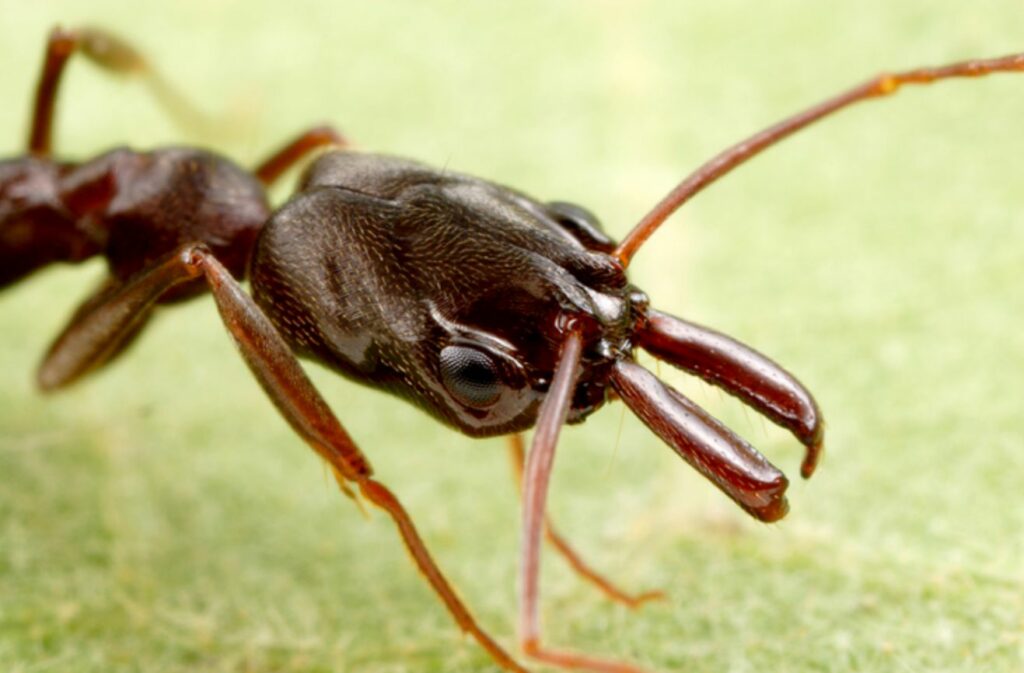
According to the researchers, although native and nonnative leaf-litter ants have similar characteristics and possibly provide similar ecosystem services, it is uncertain whether the nonnative ants will occupy the same ecological niches as the native ants.
Further studies are needed to assess whether certain ecological functions are compromised as a result of the decline in native ants.
“Our biggest worry is that the loss of a few key species that act as specialized predators or seed-dispersers could have ecological consequences for these already threatened ecosystems,” Booher adds.
According to the researchers, native leaf-litter ants were found to differ from the non-native species in at least one significant trait. The team conducted tests to determine the extent to which the ants tolerated sharing their nests with individuals of the same species from other nests.
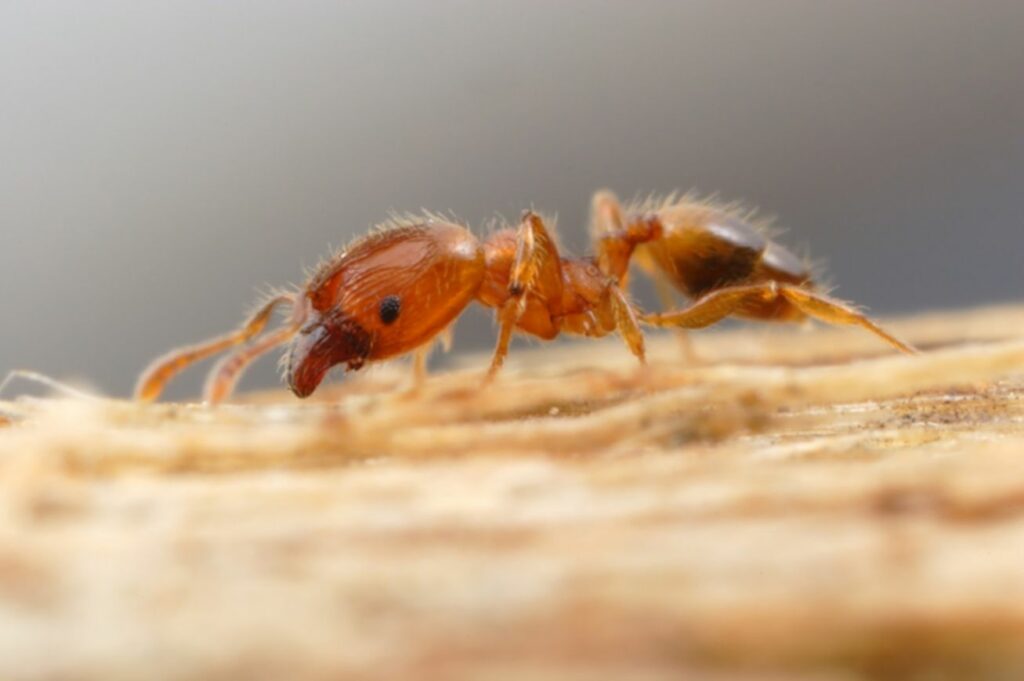
Booher explained that they set up artificial nests and collected more than 300 live ant colonies. Then they marked individuals of the same species from different colonies and introduced them to each other to determine whether workers from different colonies were adopted or excluded.
The team found that while most of the nonnative ants adopted conspecific worker ants from different colonies, most of the native ants rejected outsiders. This gives nonnative ants an advantage, as they can cooperate and effectively act like a single colony across a large area. Although there are still more native ants than nonnative ants in Florida, the trend of nonnative ants becoming more abundant and common is concerning. Over the past 54 years, nonnative species have doubled in collection frequency across all regions of Florida, according to Booher.
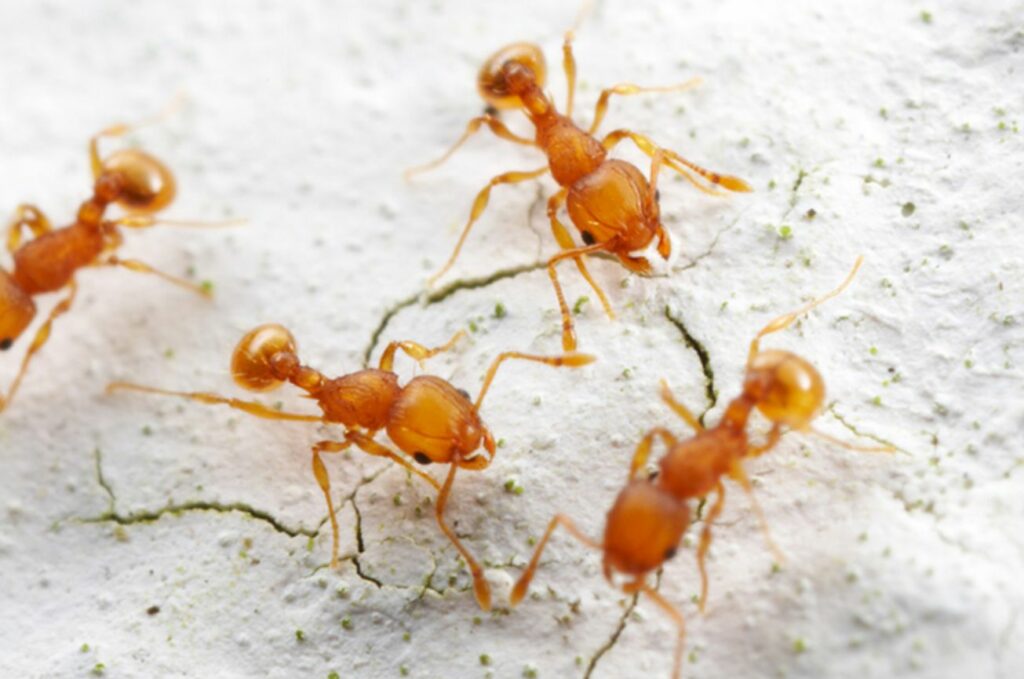
Moreau said that the research emphasizes the significance of museum collections in comprehending species diversity and decline.
“Only through comparing past species diversity and abundance with current data can we really understand how biodiversity is changing through time,” she adds.
“While we are starting to appreciate just how bad insect declines are globally, we often don’t have species-level data for many groups,” Suarez points out. “By looking at trends for individual species over long periods, we can get an idea of the possible ecological consequences of these patterns.”
Source: 10.1016/j.cub.2023.03.044
Image Credit: Photo © Alex Wild, alexwild.com
